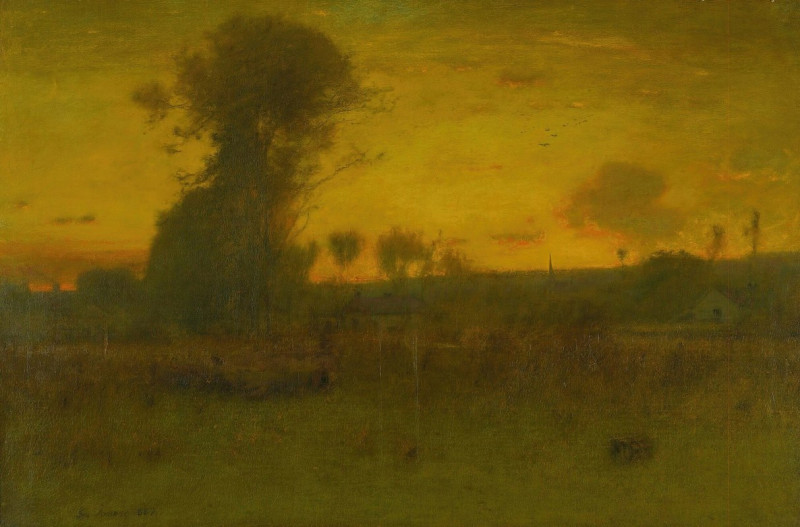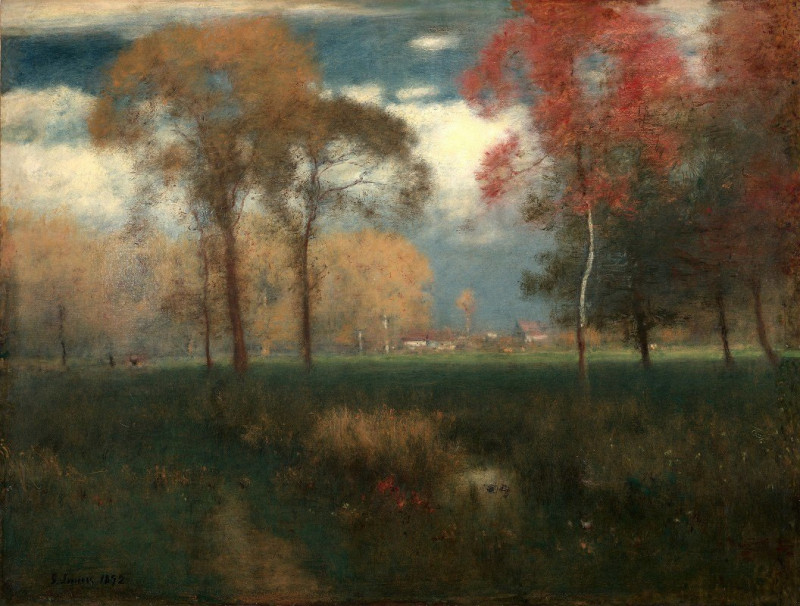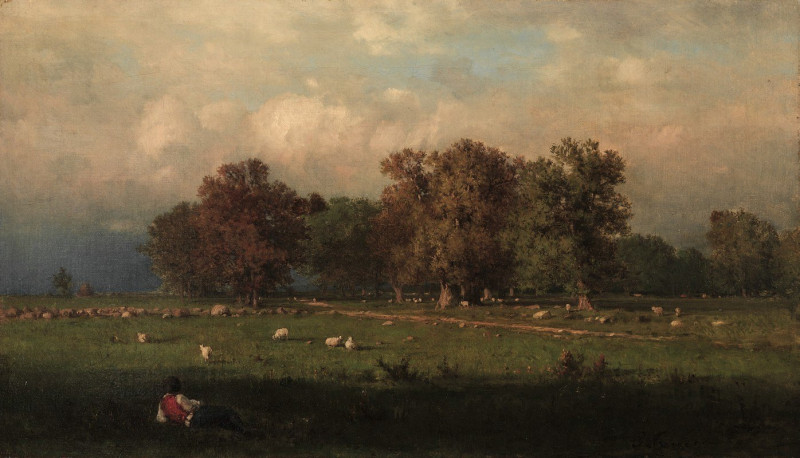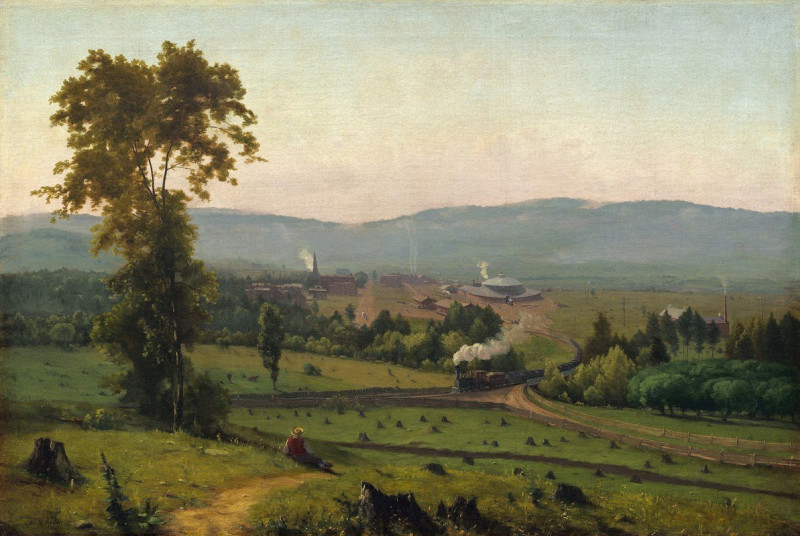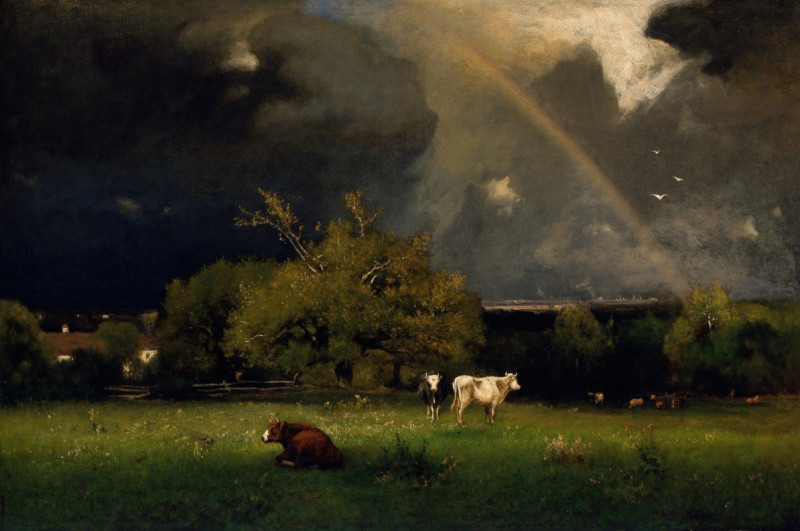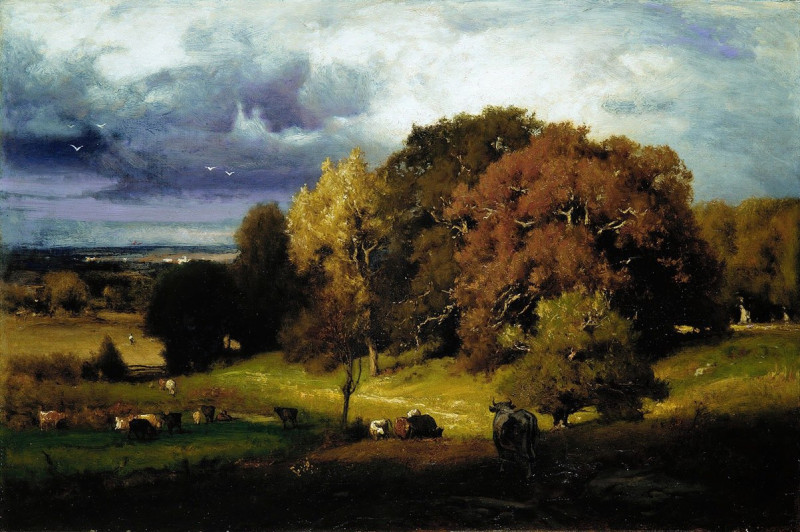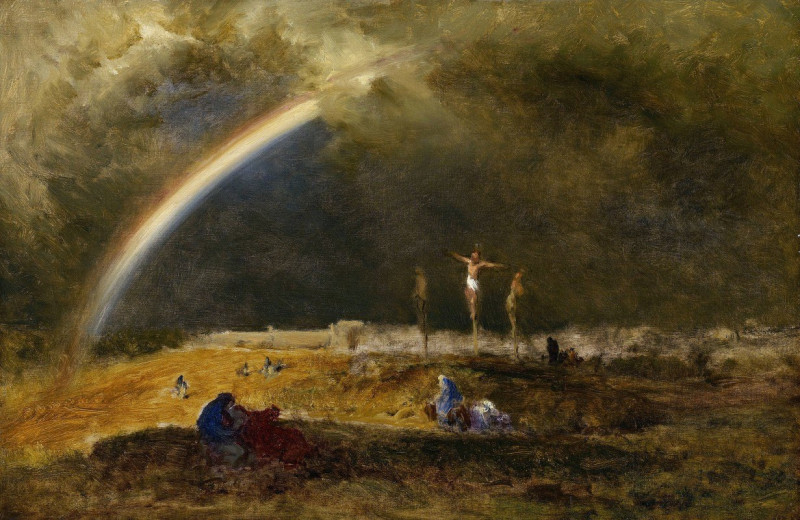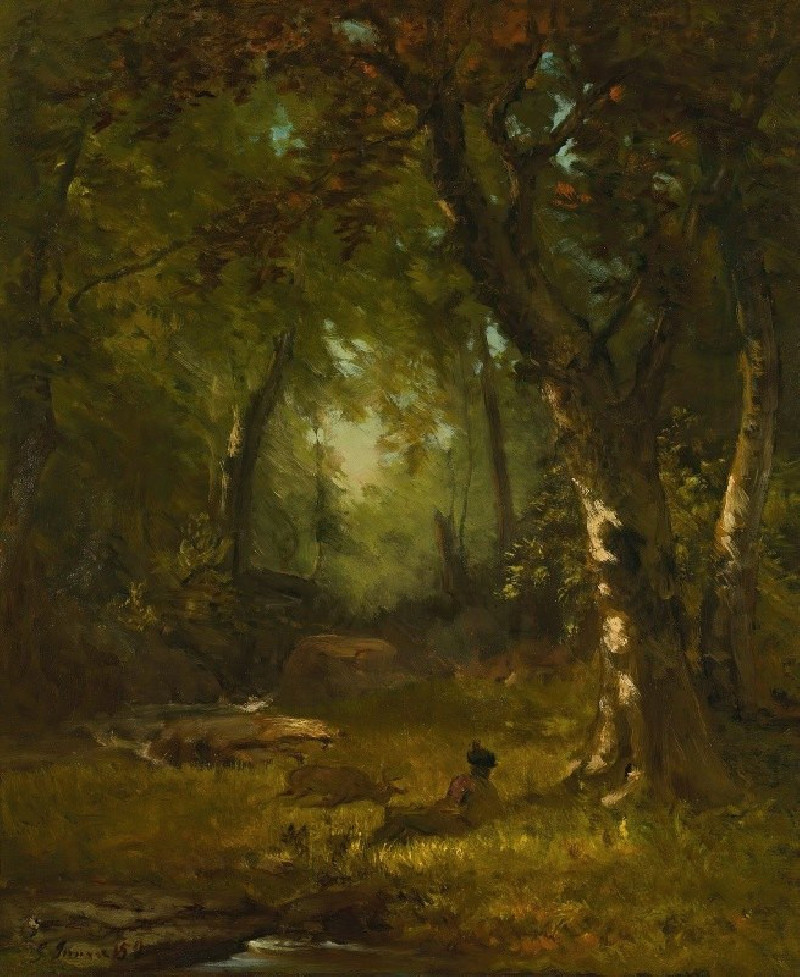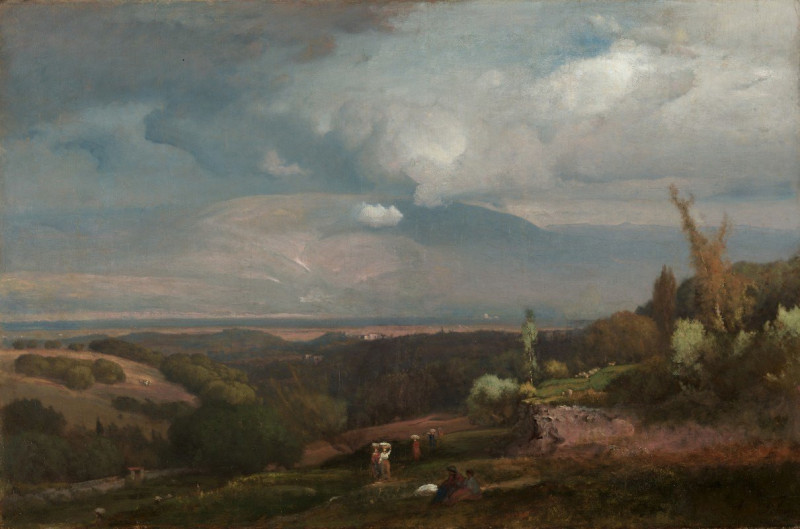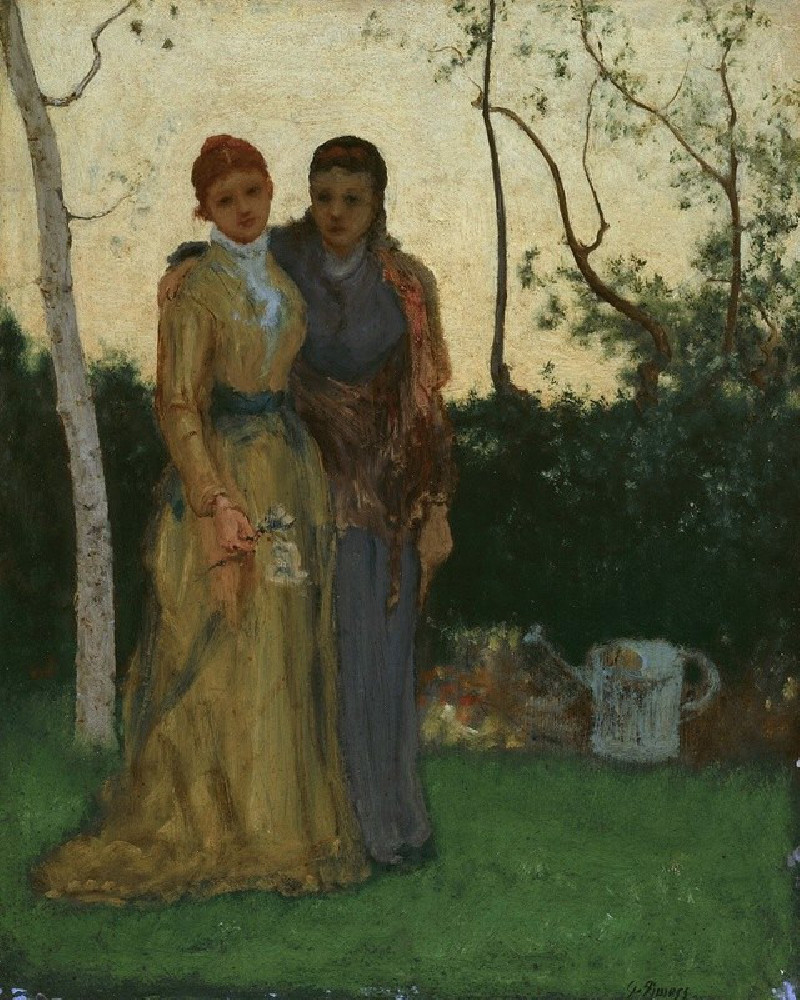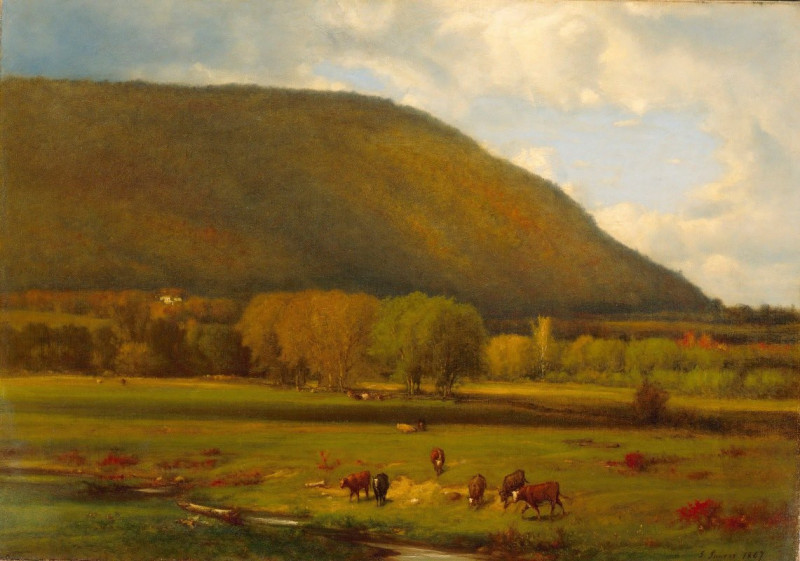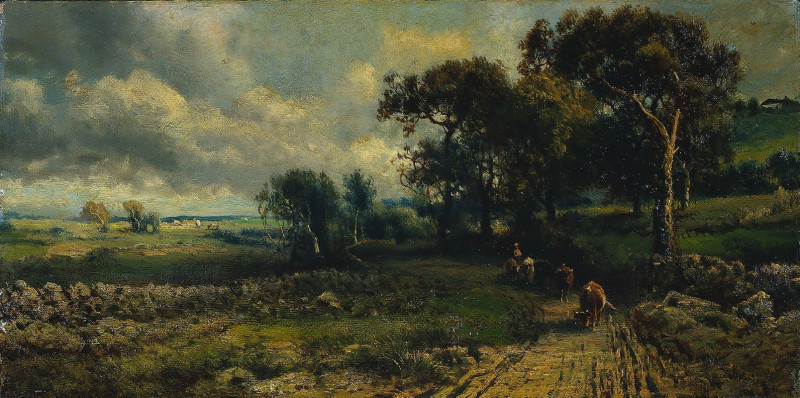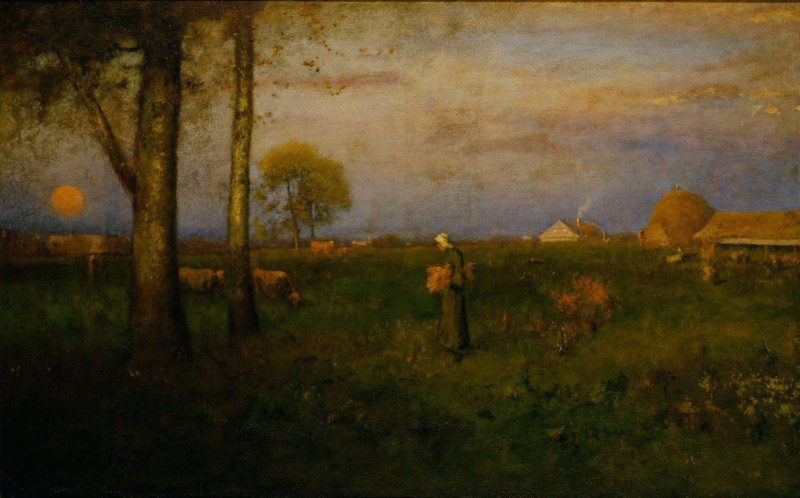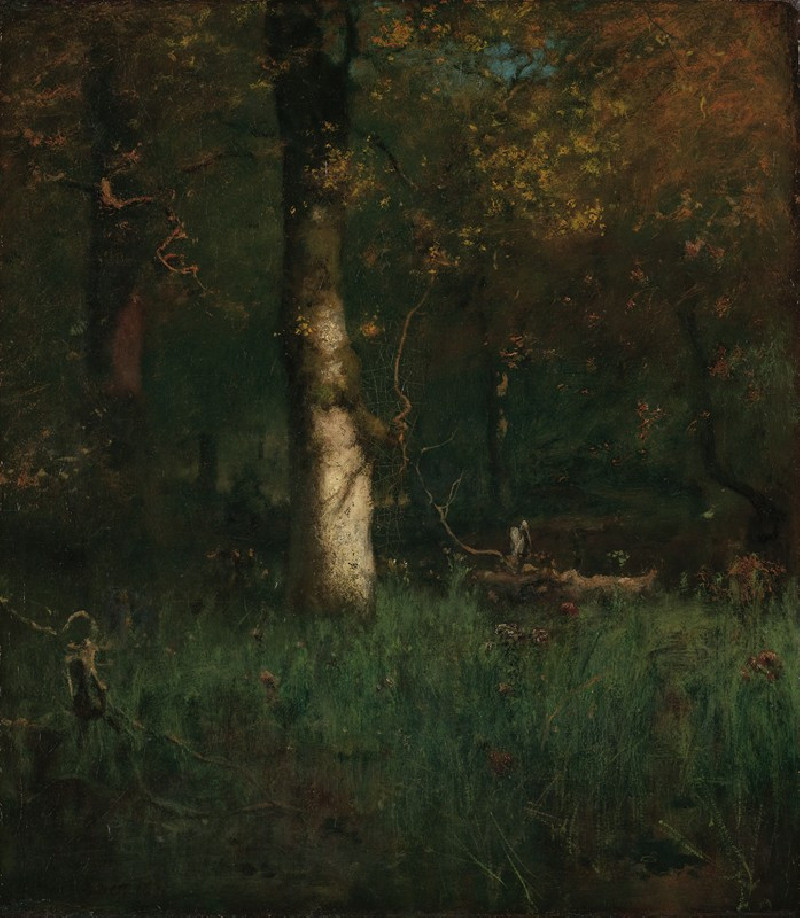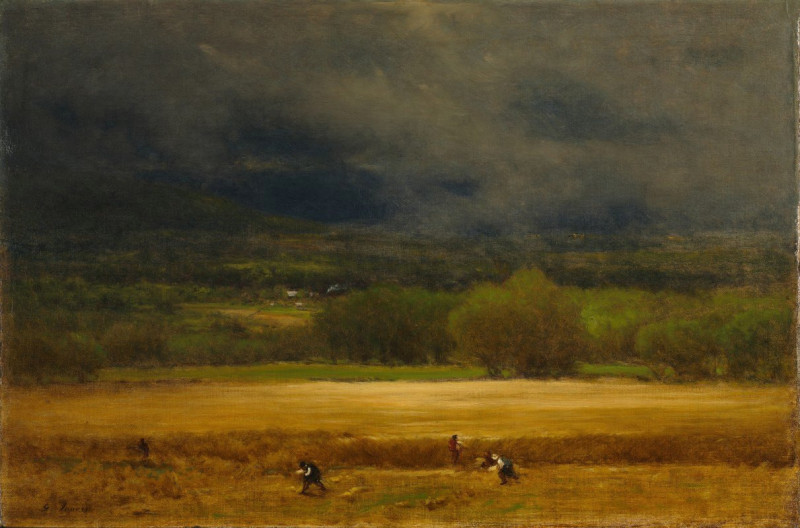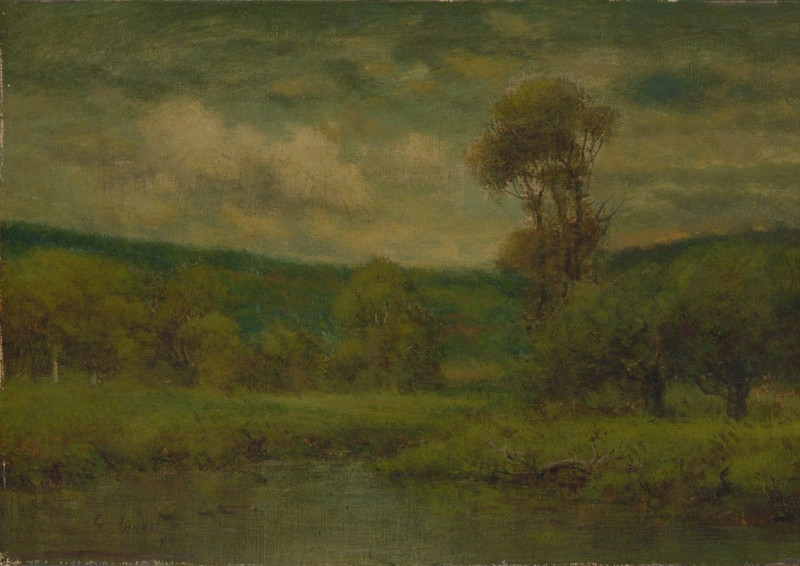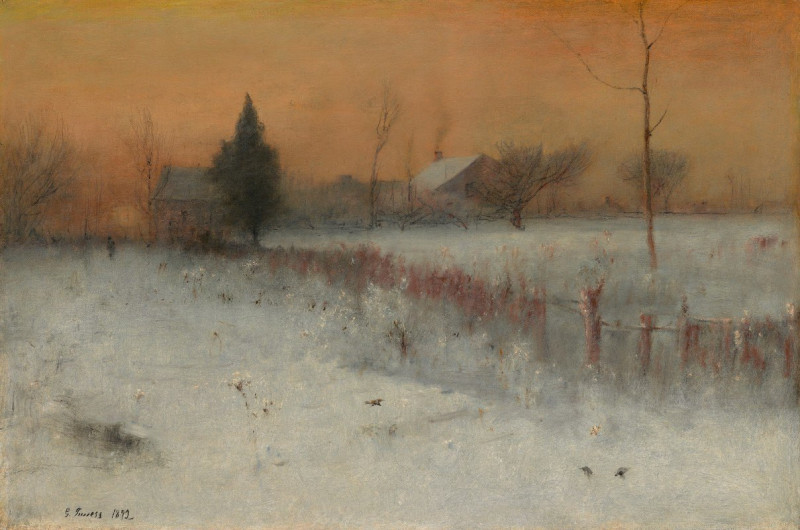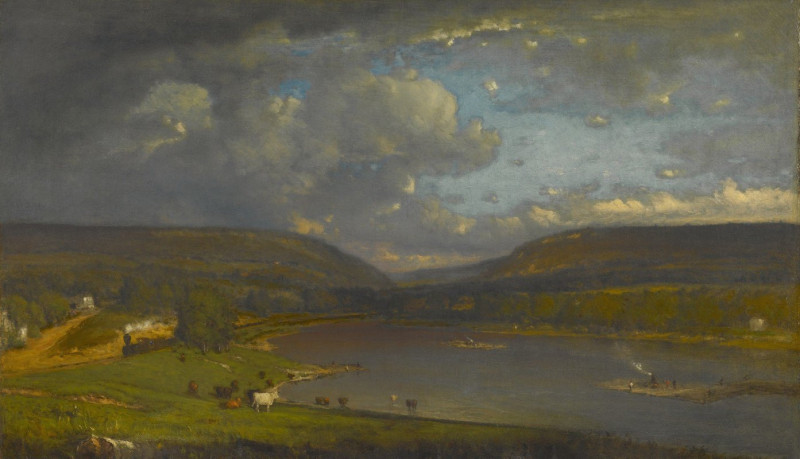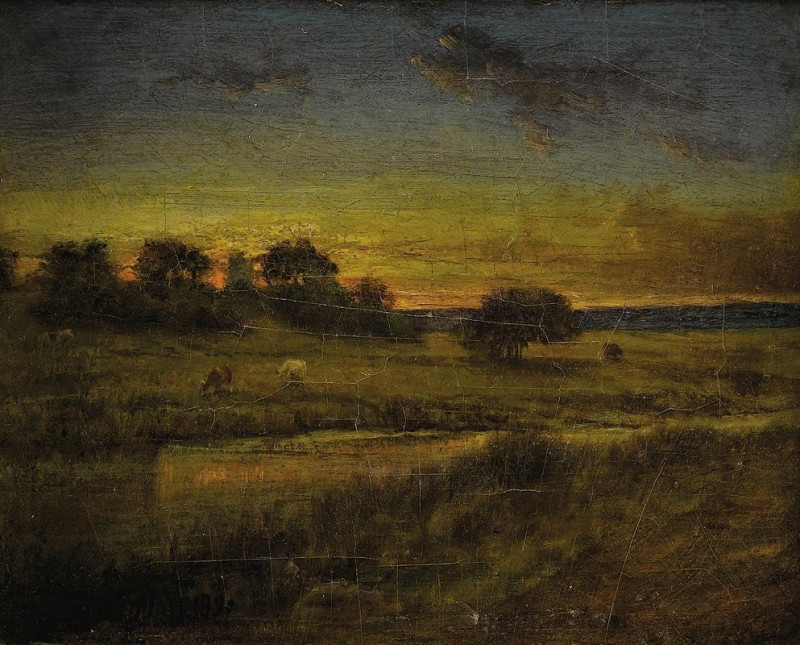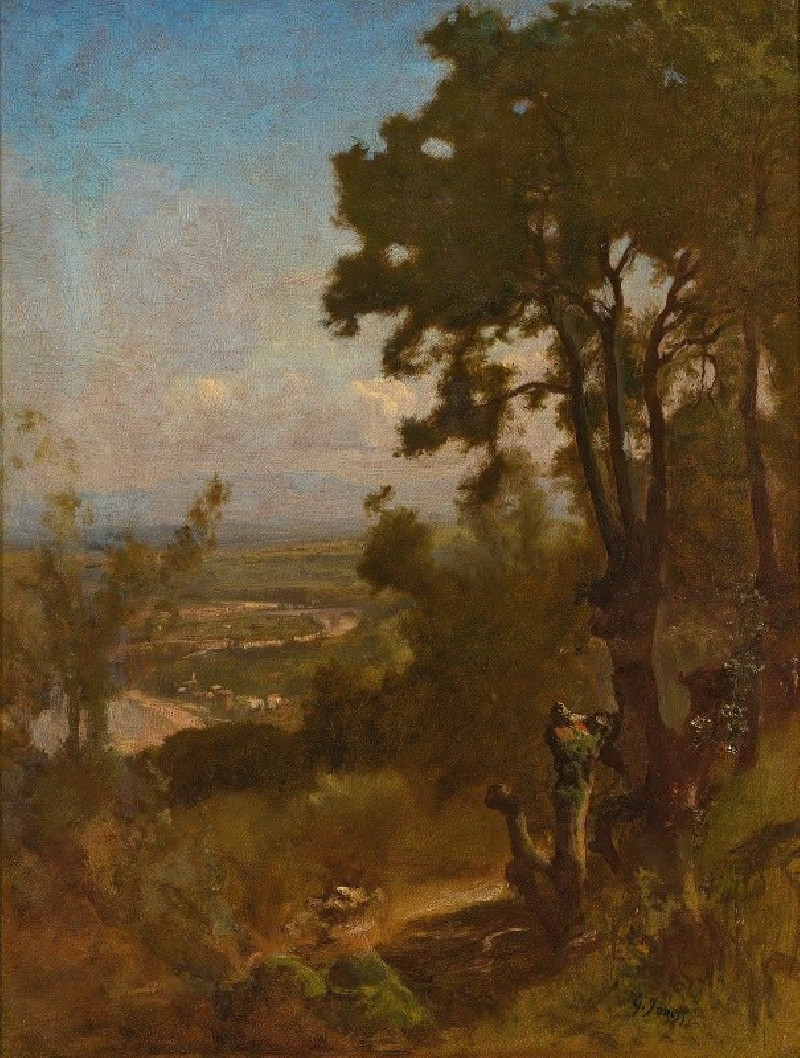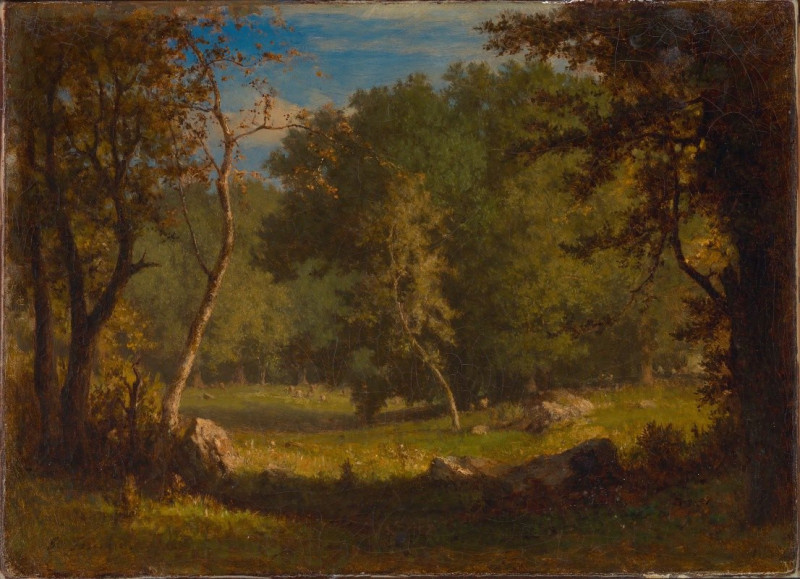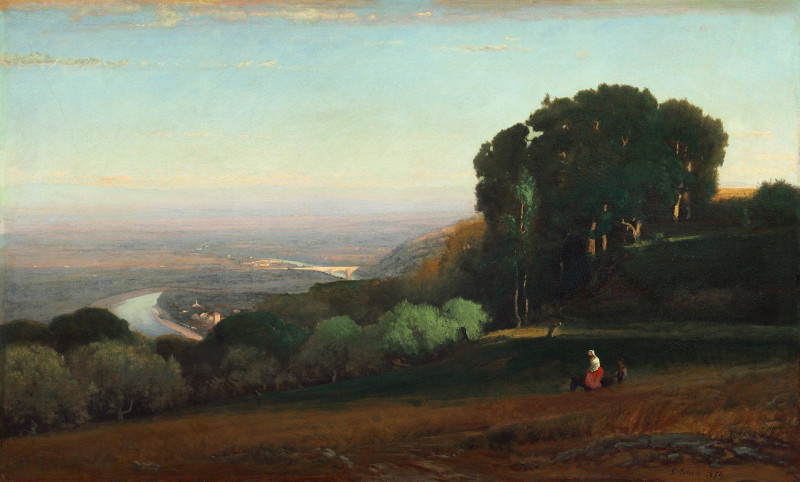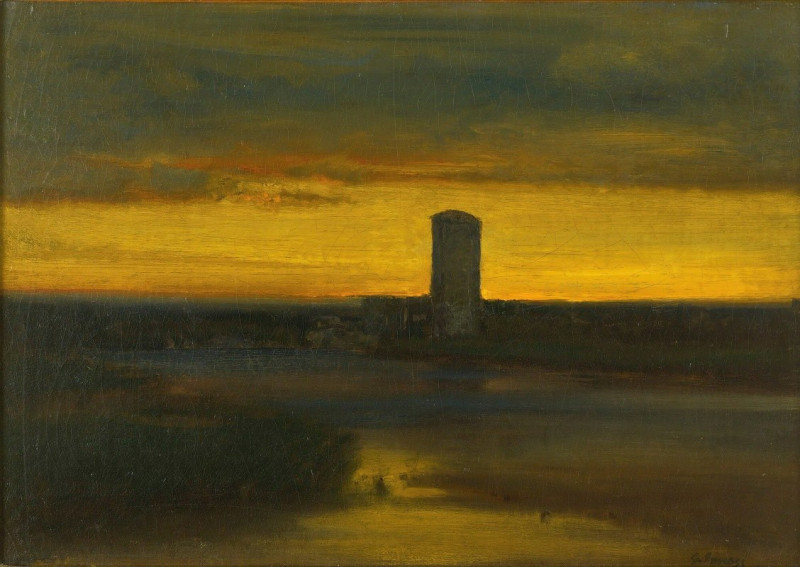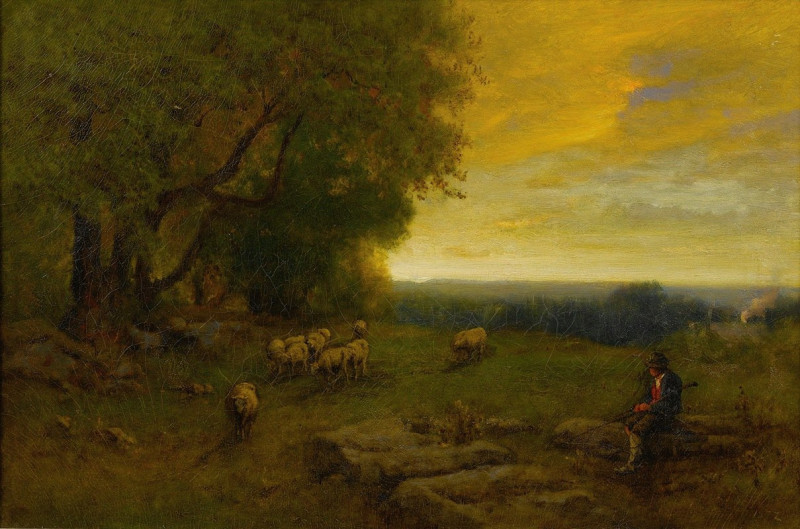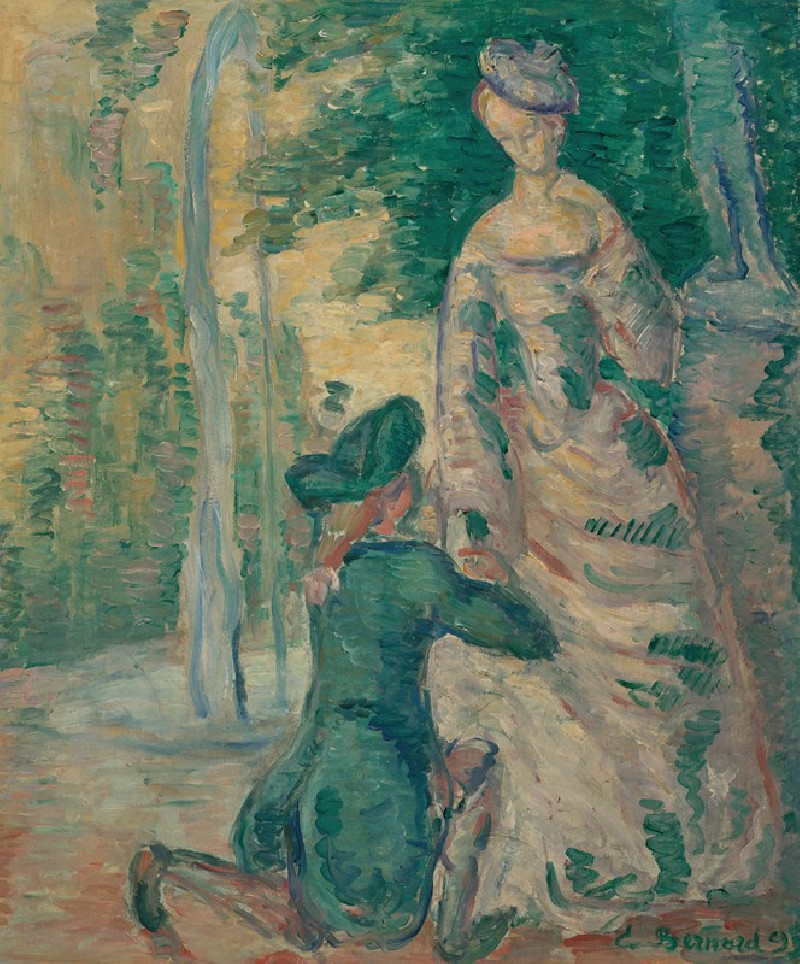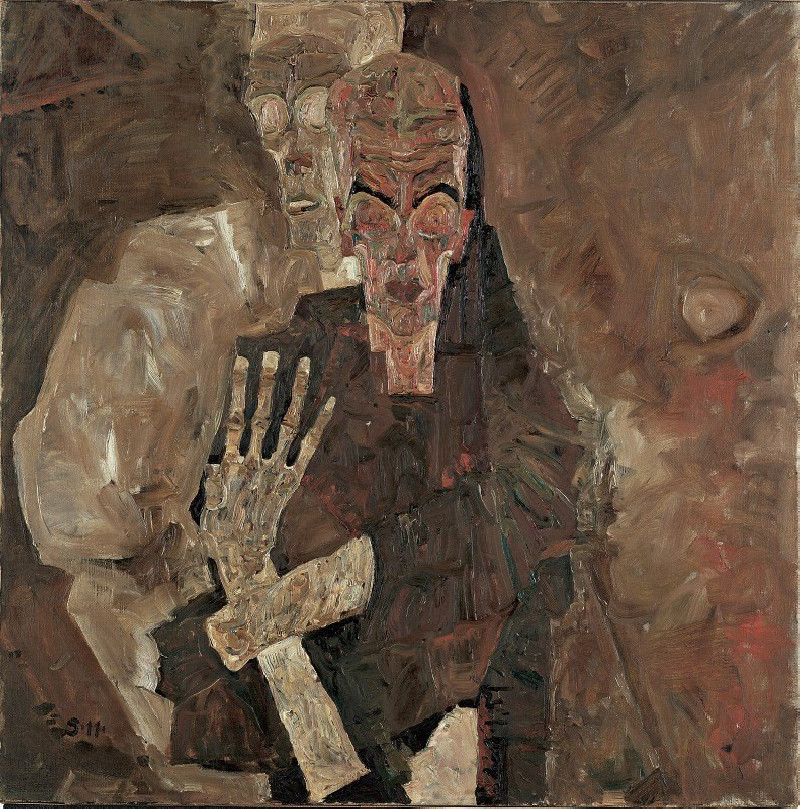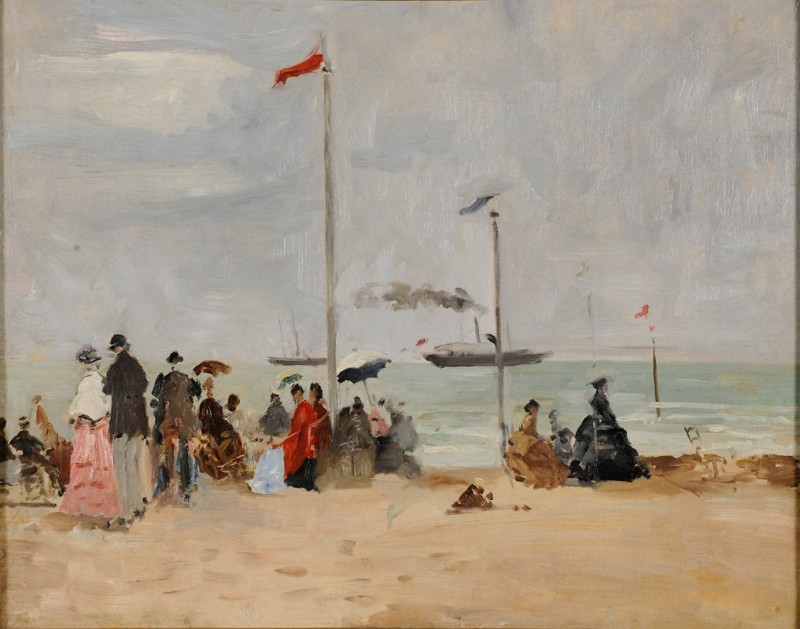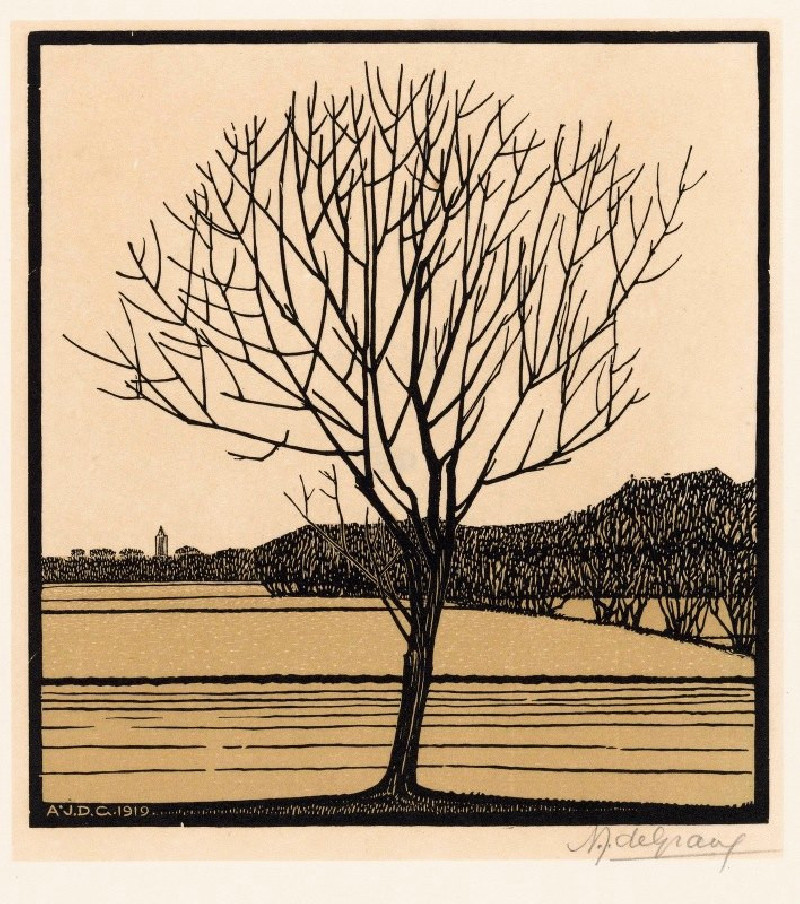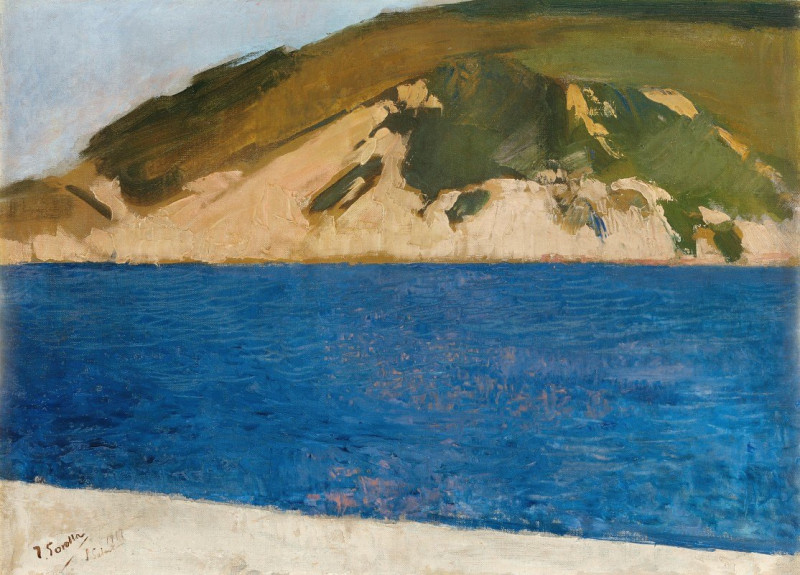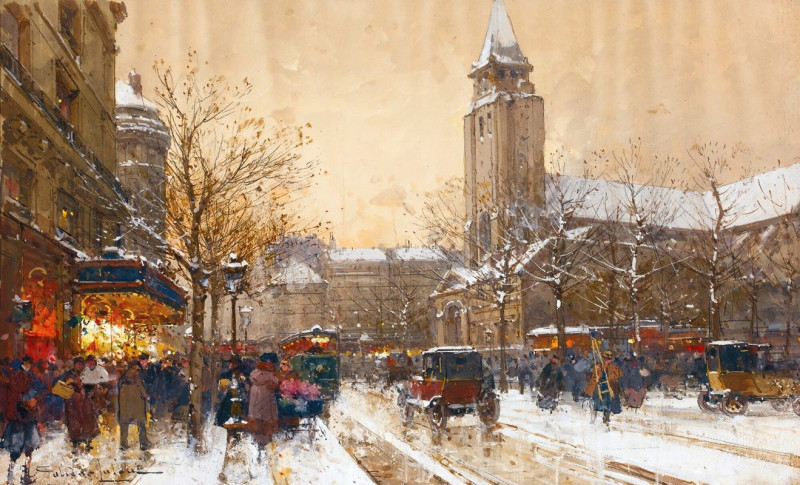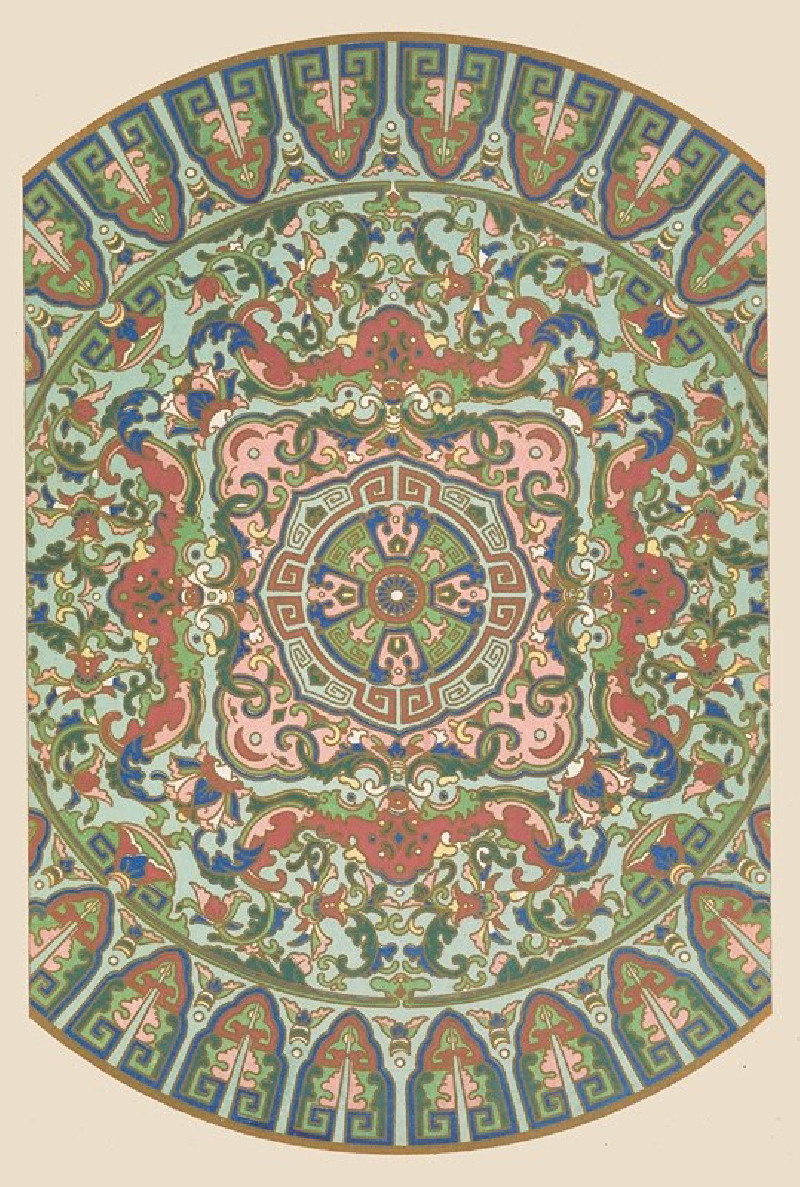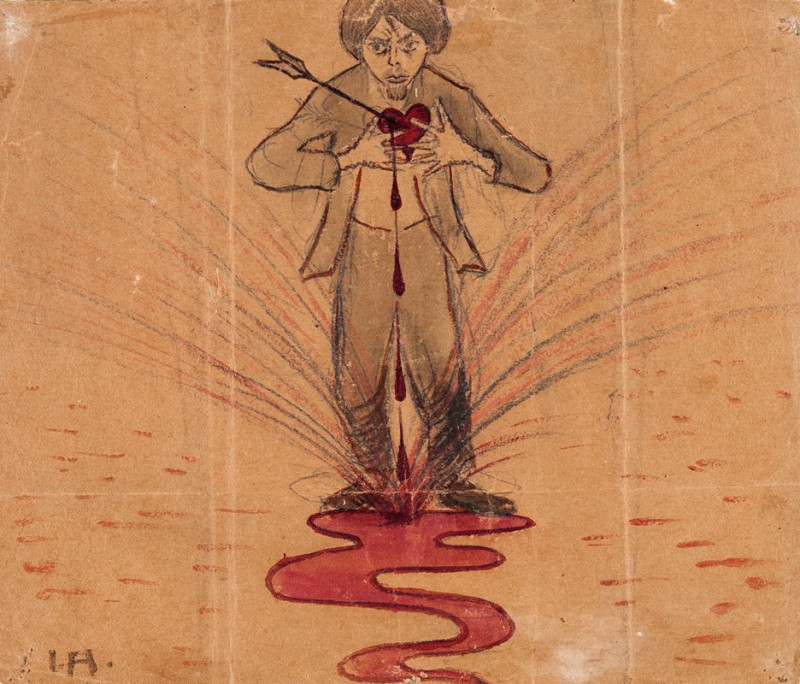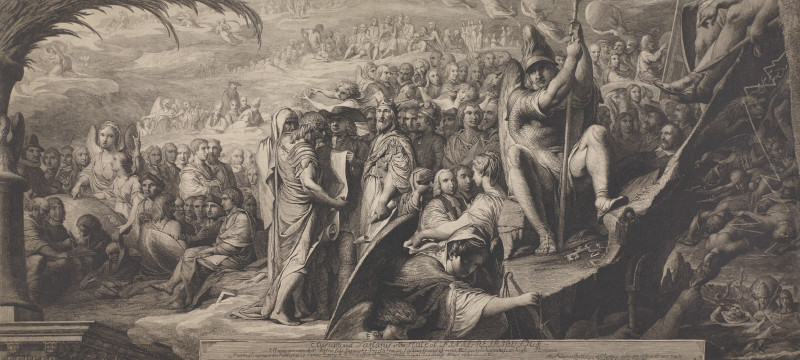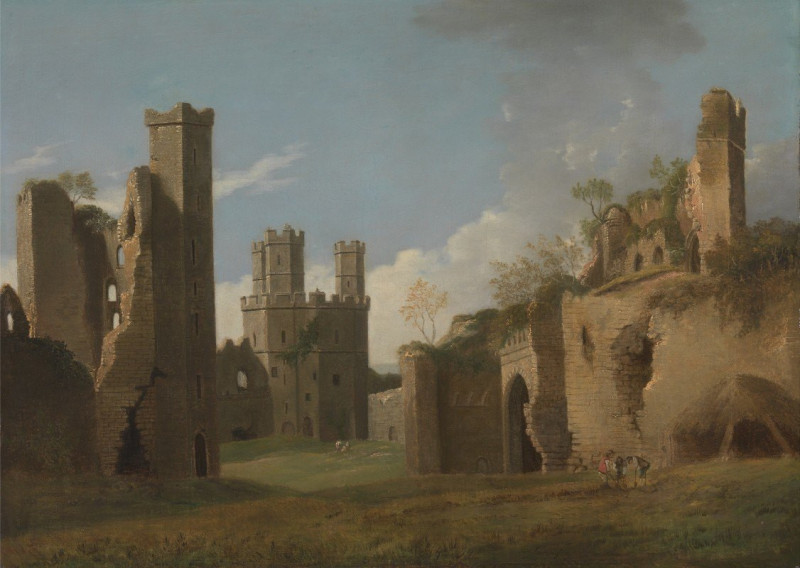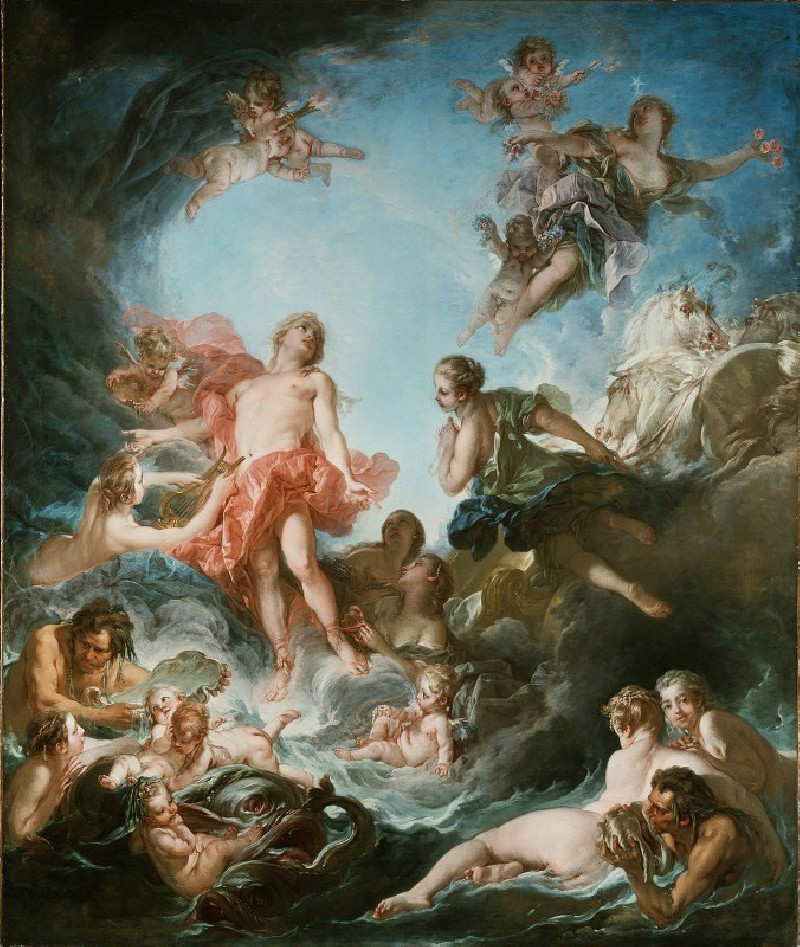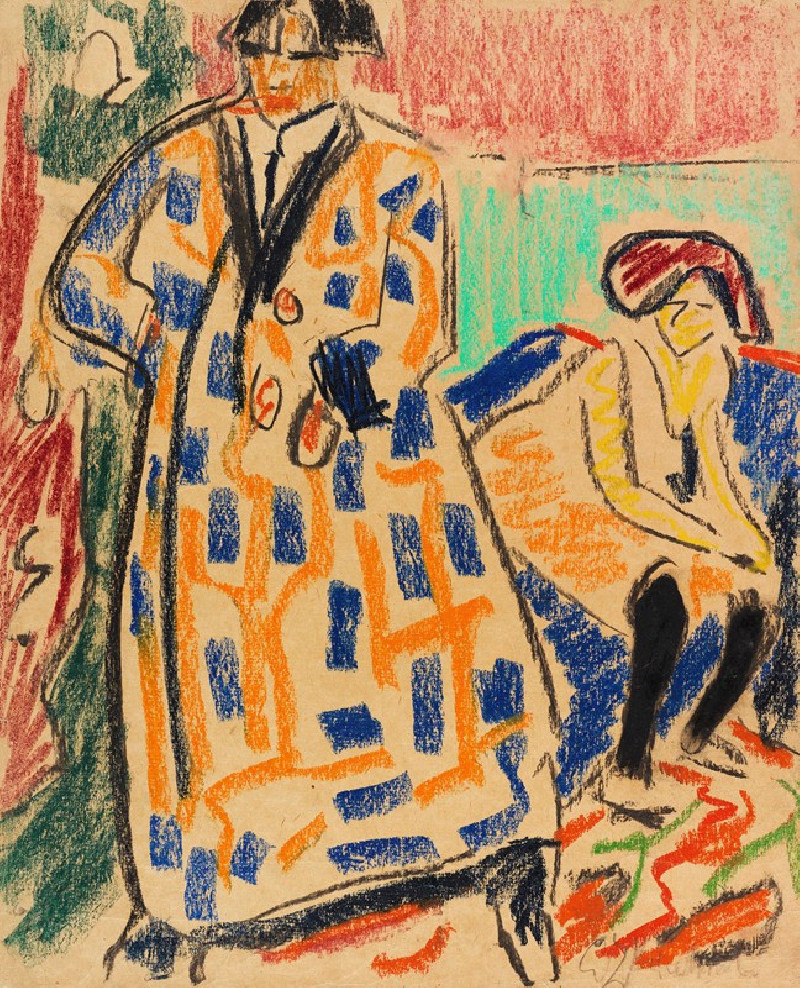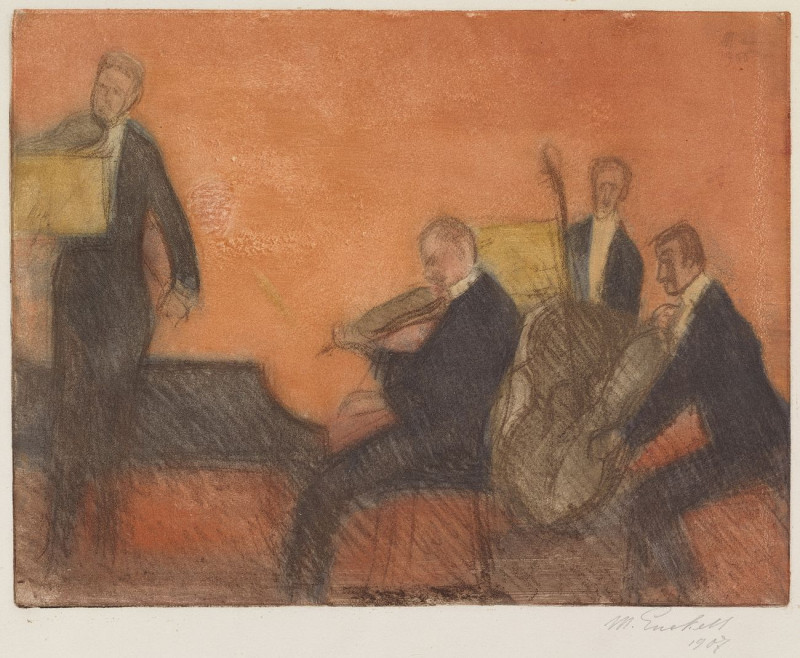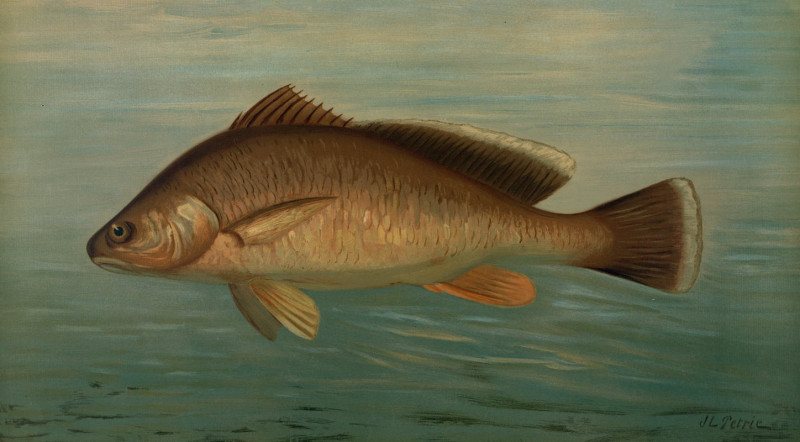After Sundown, Montclair, New Jersey (1888)
Technique: Giclée quality print
Recommended by our customers
More about this artwork
We invite you to explore the evocative landscape of "After Sundown, Montclair, New Jersey," a mesmerizing piece by the master American landscape painter George Inness. Created in 1888, this painting exemplifies Inness's mature style, reflecting his profound connection to nature and his spiritual vision.The painting presents a serene view of the countryside at dusk, enveloping the viewer in a moment of calm contemplation. Dominating the scene is a robust, solitary tree silhouetted against a fading sky, its branches sprawling wildly as if reaching out to embrace the cooling air. The horizon is softly aglow with a blend of golds and muted reds, signaling the sun's last kiss to the day. This gentle illumination provides a stark contrast to the predominant earthy tones of the field and the obscure outlines of distant buildings.Inness's technique, characterized by a sophisticated use of color and light, achieves a remarkable depth and atmosphere, inviting the viewer to immerse themselves in the tranquil world beyond the canvas. The skillful blending of the elements creates a subtle yet powerful expression of the landscape’s soul—tranquil yet evocative, simple yet profound."After Sundown, Montclair, New Jersey" is not merely a visual experience; it is an intimate encounter with the quiet beauty of the American Northeast. Each brushstroke and hue speaks to the artist's internal reflections on beauty, nature, and spirituality.
Delivery
Returns
George Inness (May 1, 1825 – August 3, 1894) was a prominent American landscape painter.
Now recognized as one of the most influential American artists of the nineteenth century, Inness was influenced by the Hudson River School at the start of his career. He also studied the Old Masters, and artists of the Barbizon school during later trips to Europe. There he was introduced to the theology of Emanuel Swedenborg, which was significant for him; he expressed that spiritualism in the works of his maturity (1879–1894).

